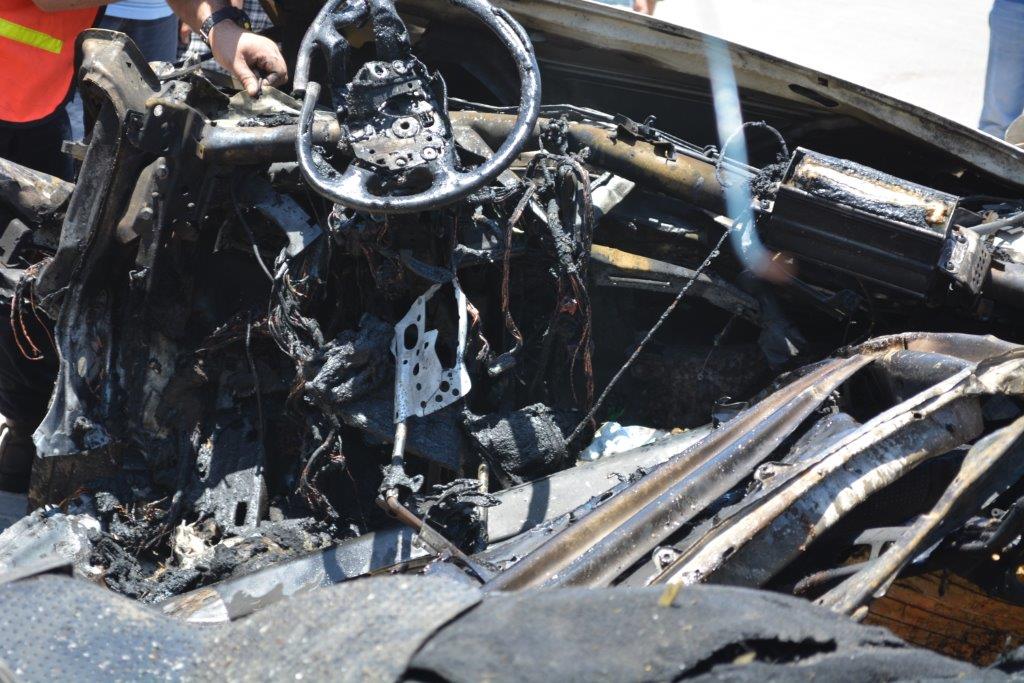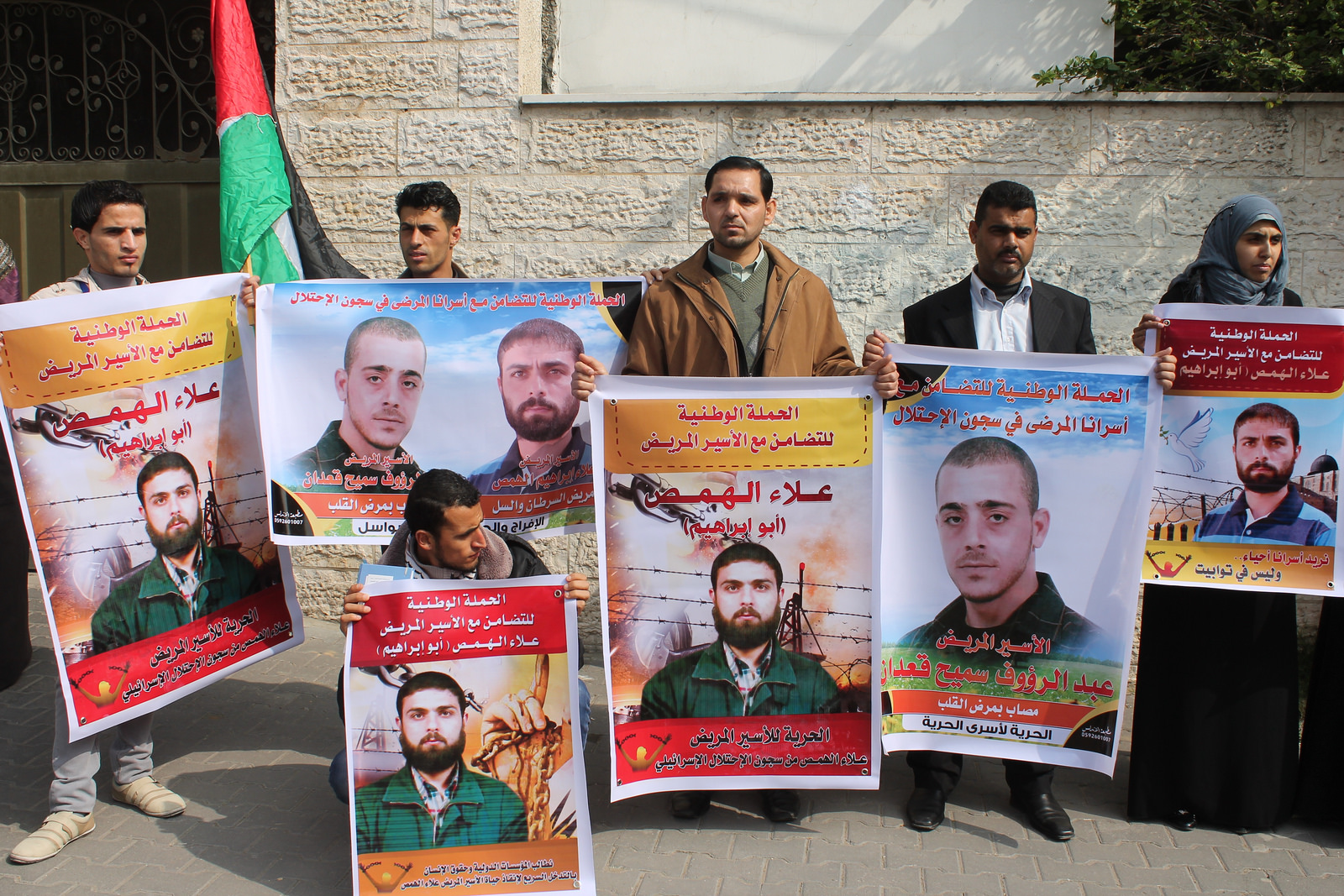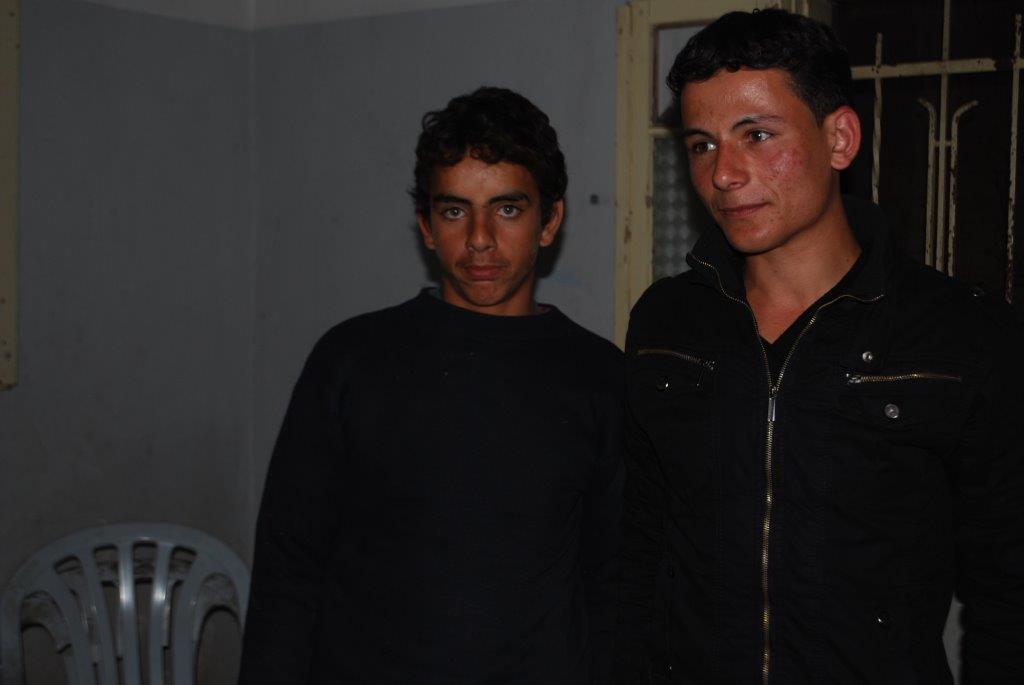Tag: Erez Crossing
-
Gaza report: Death and destruction
11th July 2014 | International Solidarity Movement, Charlie Andreasson | Gaza, Occupied Palestine We managed to get a lift in an armoured Land Rover belonging to French journalists, and at crazy speed we went through intersections with only the cat horn as protection. The goal was Jabalya refugee camp and the latest targeting killing using…
-
PHOTOS: Palestinians rally in Gaza for hunger-striking and sick detainees
2nd March 2014 | International Solidarity Movement, Gaza Team | Gaza, Occupied Palestine In recent weeks, protests for both sick Palestinian detainees and those engaging in long-term hunger strikes have increased in the Gaza Strip. Last Monday morning, following a regular weekly sit-in in the International Committee of the Red Cross’ Gaza office, demonstrators rallied…
-
Two Palestinian fishermen, including child, kidnapped by Israeli forces off Gaza
27th January 2014 | International Solidarity Movement, Rosa Schiano | Gaza, Occupied Palestine On Monday, 20th January, at about 6:00 am, Yousef Amin Abo Warda (age 18) and his cousin Ahmad Kamal Abo Warda (age 16) left their house to go fishing in a small boat without an engine. Around 7:30 am they were fishing in…



